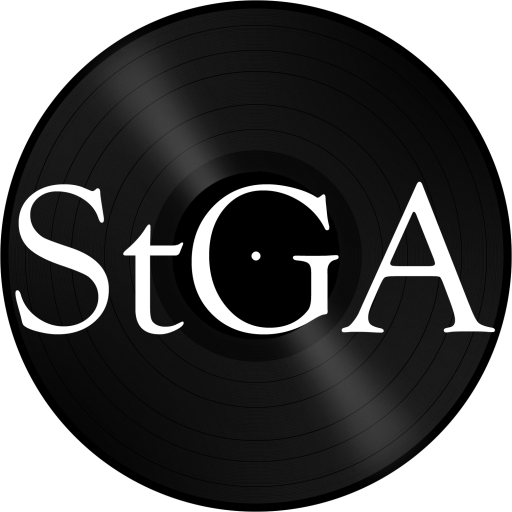B. Dolan is labeled as an activist, spoken word and indie hip hop artist, but labels aside, The Rhode Island born rapper is a damn talented dude. Dropping mixtapes House of Bees Vol. 2 and House of Bees Vol. 3 in 2012 and earlier in 2015, Kill The Wolf is Dolan’s first studio LP in about 5 years. Charged with hard-hitting lyricism spoken and rapped over booming beats, Kill The Wolf is entertaining and forceful.
In Dolan’s vocals there is an unchallenged precision and calmness about his lyrical delivery, but the socio-political depth of the content is anything but tranquil. Aggression and strength are behind each track from the beginning of the poetic and relentless, “Lazarus” through the next 10 tracks to follow. Distorted guitars, clicking and clacking of loud drums and synthesizers make up the power of the album, especially in tracks like “Run The Machine” and “Jailbreak.” The talent and comfortability Dolan displays behind the mic is vivid. The smooth delivery of his words and eloquence in his speech is easy to hear on quieter tracks like “Who Killed Russell Jones,” where the need for any type of beat, be it instrumental or electronic accompaniment almost seems unnecessary. On this track, Dolan sputters a dark, thankful homage to Wu-Tang member better known as Ol’ Dirty Bastard, calling him out as both a raw, natural talent succumb to a premature death, but also a drug addict with failed rehabilitation.
While constantly playing the role of activist, Dolan also produced the majority of Kill The Wolf. There is a barely recognizable sample of “Safety Dance” on “Safety Theatre” and Dolan employs the help of Aesop Rock and Buck 65 on “Jailbreak.” Dolan also combines live recording and almost blooper-like bits as “Who Killed Russell Jones” ends with a live audience “wooing” and “Stay Inspired” includes Dolan yelling, “Fuck this shit/if they can’t get me a stage/i’m getting up on a chair.” The production is ambitious, especially with the added help of looming piano keys in tracks such as the closing, “These Rooms” that transports the story-telling to a new level. Although B. Dolan hits hard with discussion of pressing issues (death, drugs,etc.) the album is not bogged down by any type of melancholy, but a call to action in a seriously creative and musical way.
Rating: 7.8/10
